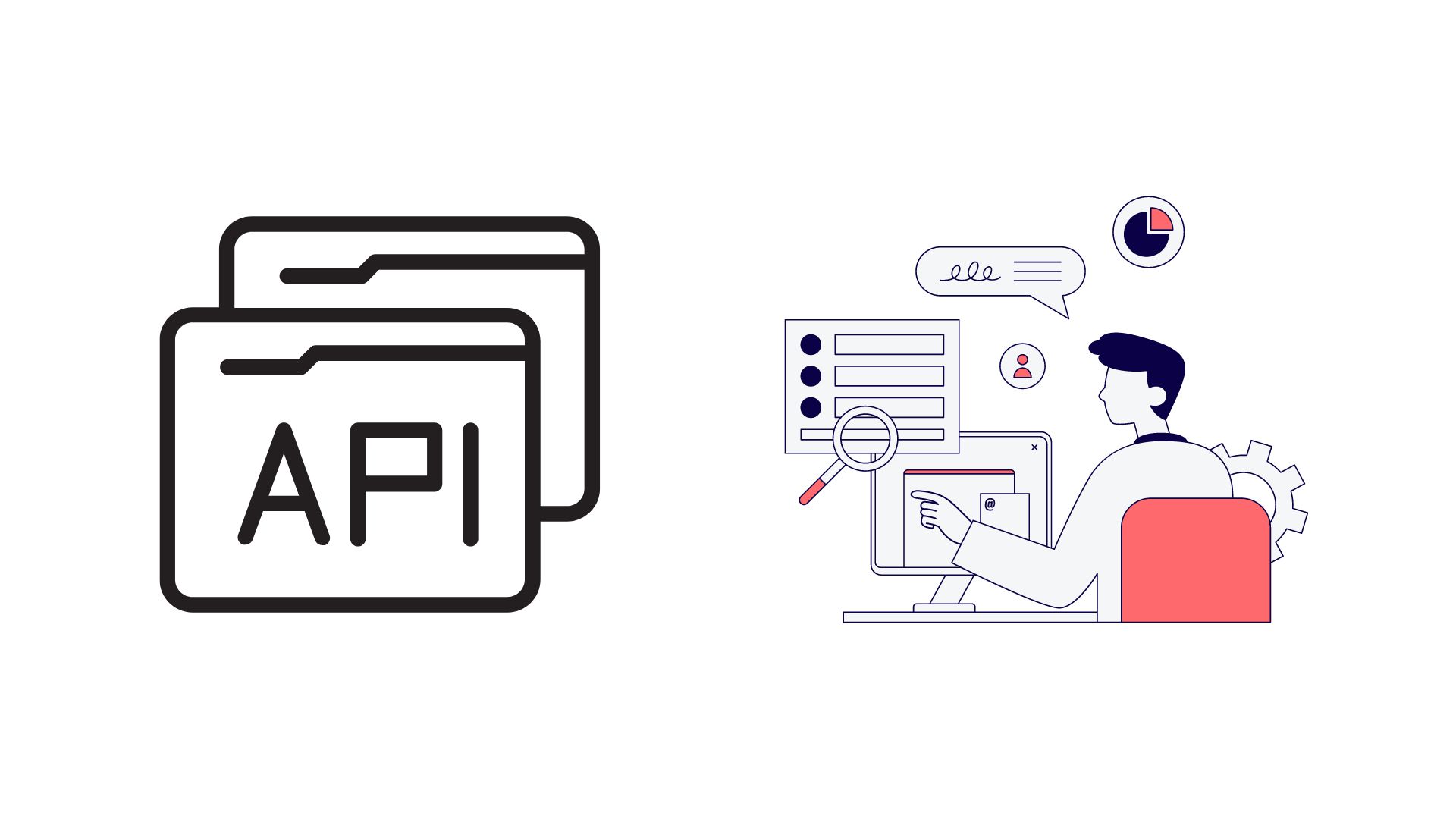API Downtime Alerts: Keep Your APIs Running Smoothly

APIs, or application programming interfaces, are now the foundation of contemporary software ecosystems in the networked digital world. These interfaces allow for smooth communication between various software programs, which makes a variety of tasks easier, such as social network integration and payment processing. It is impossible to exaggerate the significance of API Downtime Alerts given their vital role. For digital services to continue to work and be dependable, APIs must be continuously operational.
Introduction to API Downtime Alerts
Even minor periods of downtime can have a significant impact on organizations. API outages cause service delivery to be disrupted, which damages consumer trust and results in missed revenue possibilities. For example, an e-commerce platform that experiences API problems during periods of high traffic may have a significant decline in sales. Investing in reliable API downtime alerts and monitoring systems is essential since prolonged downtime can harm a company's reputation in addition to causing direct financial losses.
Systems called API downtime alerts are intended to alert administrators when an API stops working or performs noticeably worse. Businesses can minimize inconvenience and preserve service quality by promptly addressing issues by utilizing real-time API monitoring. Proactive API management requires robust alerting mechanisms, as those offered by several cloud monitoring platforms.
The Financial and Operational Costs of Downtime
Transactions and service delivery—activities that generate revenue—are directly impacted when APIs go down. This is especially harmful when there is a lot of demand. Users that experience frequent API outages become irate and lose faith in the service. This may eventually lead to a decline in customers and a damaged reputation for the brand.
In order to handle consumer data, manage inventory, and process payments, API availability is essential in e-commerce. Sales loss and cart abandonment are two consequences of downtime. APIs are critical to the transaction processing and data retrieval operations of banks and other financial institutions. Operations may be disrupted by downtime, which could result in large financial losses and legal problems.
The ideal API monitoring tool should offer real-time alerts, detailed analytics, and robust reporting capabilities. Tools that integrate well with existing systems and provide comprehensive API performance insights are preferred. Determine which metrics are crucial for your API health, such as API response time, error rates, and throughput.
Uptime API
With Uptime API, you can monitor your APIs. It works by regularly confirming that your APIs are up and running and performing as expected. Setting up monitors is easy. To set up monitors, you need the target API endpoint URL and the ability to change the watch's timeout and interval parameters. While timeouts show how long an API will wait for a response, monitoring intervals show how frequently an API will perform health checks. You may customize monitoring to your needs and preferences with these settings.
You may configure alerts and select which contacts should get notifications directly from your API dashboard. This way, you may then update your team. Because of its many changeable settings and monitor restrictions, you can choose the package that best meets your monitoring needs. It also provides historical data and analytics so you can track changes in API performance and availability over time. Get access to your logs so you can look into any issues with the API.
Analyze past performance patterns and base your choices on the truth. Alerts can be tailored to your requirements in order to avoid unnecessary interruptions. real-time API monitoring with immediate information. Select the alert distribution method—such as webhooks, SMS, or email notifications—that best suits your requirements.
